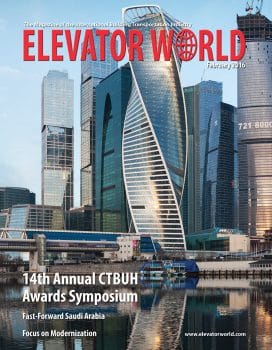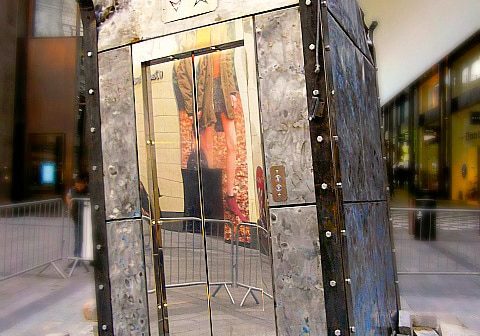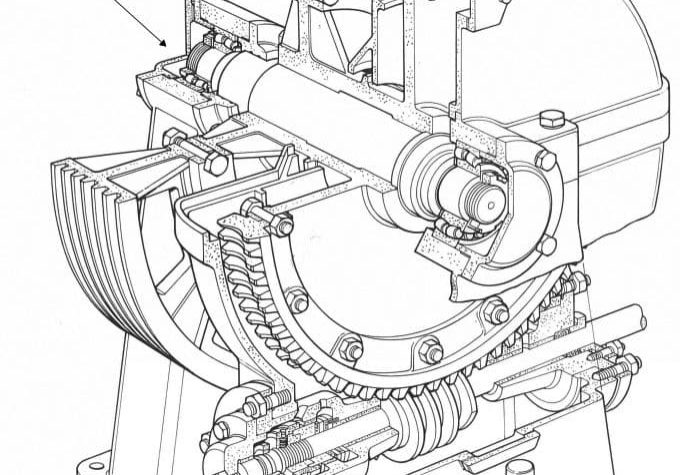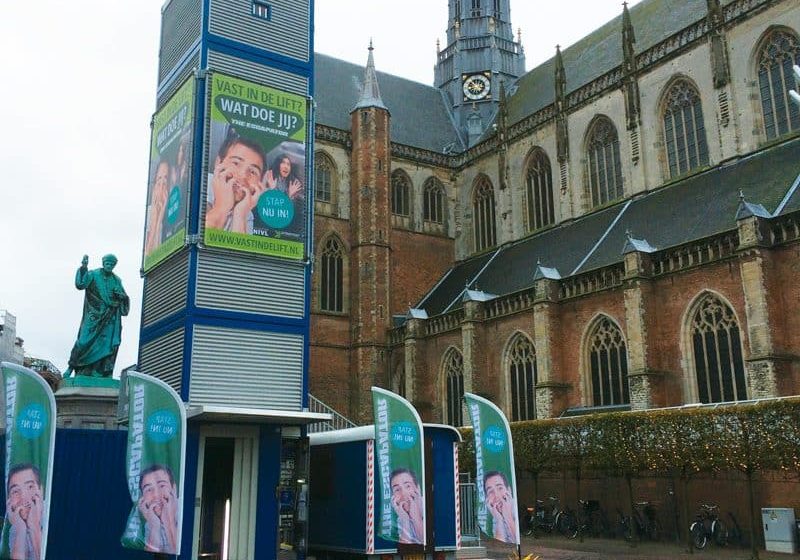14th Annual CTBUH Best Tall Building Awards Symposium
Feb 1, 2016
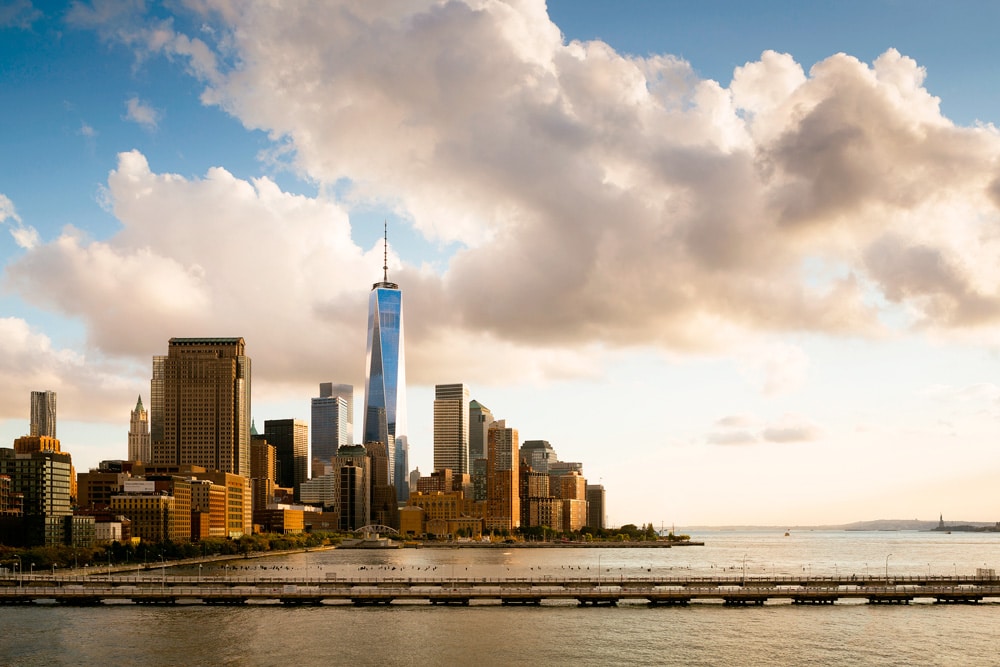
Italian high rise wins top honors in close competition.
The 14th Annual Council on Tall Buildings and Urban Habitat (CTBUH) Best Tall Building Awards Symposium occurred on November 12, 2015, on the campus of the Illinois Institute of Technology in Chicago. It consisted of three sessions (each of which included four presentations), followed by a reception and awards dinner. This event remains unique in bringing together architects, engineers, developers and clients to discuss and celebrate the challenges and achievements associated with tall-building design. Chosen from 123 entries from 33 countries, the 2015 winners were as follows:
- 2015 Best Tall Building: Bosco Verticale, Milan, Italy
- Regional Best Tall Building: One World Trade Center (1 WTC), New York City (Americas); CapitaGreen, Singapore (Asia & Australasia); Bosco Verticale (Europe); Burj Mohammed Bin Rashid Tower, Abu Dhabi (Middle East & Africa)
- Performance Award: Chifley Tower, Sydney
- Urban Habitat Award: PARKROYAL on Pickering, Singapore
- 10-Year Award: Turning Torso, Malmö, Sweden
- Innovation Award: HOLEDECK®
- Lynn S. Beedle Lifetime Achievement Award: Minoru Mori, chairman and CEO of Mori Building Co., Tokyo
- Fazlur R. Khan Lifetime Achievement Medal: Nicholas E. Billotti, chairman of Turner International LLC, New York
In addition to presentations that addressed the winning projects and lifetime achievement awards, the symposium included presentations on two regional Best Tall Building finalists: the Al Hilal Bank Tower (Abu Dhabi) and the Evolution Tower (Moscow). During his presentation on the Evolution Tower, architect Philip Nikandrov mentioned that the building employed thyssenkrupp’s TWIN® elevator system. (Although the CTBUH provides a wealth of information on the buildings nominated for its various awards, the elevator companies are typically not identified.) Research into the companies that provided elevators for the regional winners revealed that each building featured elevators by a different manufacturer and that each design team included a vertical-transportation consultant (Table 1).
As it has since 2008, CTBUH published an accompanying book that highlights the award nominees and winners: Best Tall Buildings: A Global Overview of 2015 Skyscrapers. One of the consistent strengths of the organization has been providing as much information as possible about the participants involved in a particular project, from owners/developers to architects to engineers to specialized consultants. The latter group includes vertical-transportation consultants, and a survey of the book reveals an interesting — and international — collection of firms:
- KJA Consultants, Inc. (Canada)
- ESL — Eng. S. Lustig Consulting Engineers Ltd. (Israel)
- Deerns (Netherlands)
- Arup (U.K.)
- WSP Group (U.K.)
- Jaros Baum & Bolles (U.S.)
- Jenkins & Huntington, Inc. (U.S.)
- Lerch Bates (U.S.)
- Persohn/Hahn (U.S.)
- Syska Hennessy Group, Inc. (U.S.)
- Van Deusen & Associates LLC (VDA) (U.S.)
The vertical-transportation industry also had a more overt presence in Chicago in that Schindler and KONE were identified as sponsors of the symposium and awards dinner. Thus, as has been the case in past years, the industry was both present and represented in a variety of ways at this important event.
The symposium and awards dinner followed the same format as the past several years, with the symposium concluding with audience members offered the opportunity to send in, via text, a vote for the best tall building. While the tally resulted in 1 WTC coming out on top, it did not agree with the awards jury’s decision for the best tall building of 2015. The jury’s decision, however, was not unanimous. Although the awards criteria established by the CTBUH define clear benchmarks, the overall instructions appear to give jurors considerable latitude and make for a more difficult job:
“These awards recognize projects that have made extraordinary contributions to the advancement of tall buildings and the urban environment, and that achieve sustainability at the highest and broadest level. The winning projects must also exhibit processes and/or innovations that have added to the profession of design and enhance the cities and the lives of their inhabitants. Some of the criteria for submission are outlined below. It is important to note that, with the exception of the first two points (regarding completion date eligibility and tall building definitions), a project does not necessarily need to meet every listed criteria.
- “1.) The project must be completed (topped out structurally and architecturally, fully clad, and at least partially occupied) no earlier than January 1st of the previous year, and no later than the current year’s submission deadline.
- “2.) Projects submitted to the Best Tall Building awards must meet the CTBUH definition requirements for a “building,” noting that telecommunications/observation towers are not eligible for CTBUH awards. A tall building can be classed as such if at least 50% of its height is occupied by usable floor area. Projects must also be considered “tall” buildings. If a project is less than 14 stories, or less than 50 m, it is unlikely to qualify.
- “3.) The project advances seamless integration of architectural form, structure, building systems, sustainable design strategies and life safety for its occupants.
- “4.) The project exhibits sustainable qualities at a broad level:. . . environment. . . people. . . community. . . [and] economic. . . .
- “5.) The project achieves a high standard of excellence and quality in its realization.
- “6.) The site planning and response to its immediate context ensure rich and meaningful urban environments.
- “7.) The contributions of the project should be generally consistent with the values and mission of the CTBUH.”[1]
Criteria three through six are comprehensive and clear, and it, perhaps, makes sense that the general instructions include the statement that “a project does not necessarily need to meet every listed criteria.” However, the statement that the listed criteria only constitute “some of the criteria for submission” is less clear. This statement could be interpreted to mean that submissions could have additional qualities beyond those listed or, perhaps, that the jury is allowed to consider additional criteria in its deliberations.
Architect Wong Mun Summ, 2015 awards jury chair and founding principal of WOHA (Singapore), offered the following thoughts on the four regional winners:
“This year’s winners from each region are like night and day. On the one hand, we see the winners in two regions, 1 WTC in the Americas and Burj Mohammed Bin Rashid in the Middle East & Africa, where tall buildings are pushing the boundaries of architectural form and height, creating objects of elegance as a reminder of mankind’s desire to defy nature and aim for the sky. On the other hand, the other two regional winners, CapitaGreen in Asia & Australasia and Bosco Verticale in Europe, are taking a different direction: refreshing, innovative and delightful, embracing biophilia and biodiversity, both topics that are not normally associated with tall buildings. The contrast is stark and thought-provoking.”[2]
This statement appears to place 1 WTC and the Burj Mohammed Bin Rashid Tower firmly in the category of traditional skyscrapers, while CapitaGreen and Bosco Verticale are characterized as “refreshing, innovative, and delightful.” While care must be exercised in interpreting comments such as these, and while it is not unusual for juries (due to their membership) to have unique “personalities,” Wong’s statements appear to imply a clear preference for a particular approach to tall-building design.
An additional and unique aspect of 2015’s finalists was identified by CTBUH Executive Director Antony Wood during the symposium: the Bosco Verticale has been the subject of CTBUH-sponsored research for the past three years. In 2013, a team led by Dr. Elena Giacomello from the Università Iuav di Venezia (UIV) received US$20,000 in CTBUH Research Seed Funding to study “the radical new” Bosco Verticale and “build a database in support of a new framework for the green design of tall buildings.”[1] The research findings were presented at the 2014 CTBUH International Conference in Shanghai.[3] That same year, the building was one of the case studies included in the CTBUH Technical Guide Green Walls in High-Rise Buildings.[4] In 2015, Giacomello’s research was featured in the CTBUH Journal, and the building was the subject of a book published by the council (in conjunction with Arup and the UIV): Vertical Greenery: Evaluating the High-Rise Vegetation of the Bosco Verticale, Milan.[5 & 6] Thus, the design and technical attributes of the Bosco Verticale were well known to CTBUH members prior to the Symposium.
It is not unusual for the CTBUH awards jury’s decision to be controversial or run counter to the “popular” vote taken at the close of the symposium. It is also true that the organization’s focus has gradually shifted over the years to more overtly address the “urban habitat” aspect of their mission. With these changes in mind, the fact that the Best Tall Building Awards had been given since 2007 permits the examination of past winners to assess the existence of any discernable patterns (Table 2).
The pattern is very clear: eight of the nine awards were given to buildings in two regions: Asia & Australasia and Europe; no awards have been given to buildings from the Americas. It is difficult to determine the meaning of this evidence. One interpretation is that architects in the Americas have fallen far behind their global colleagues in terms of tall-building design and innovation. Given that the U.S. is the birthplace of the skyscraper, such a conclusion would be ironic, to say the least. A final fact to keep in mind is that the buildings considered for these awards must be submitted for consideration. The assumption is, of course, that the 123 buildings submitted for consideration for the 2015 Best Tall Building were the “best” tall buildings built during the past year. While a more detailed analysis of the submissions, finalists and regional award winners is beyond the scope of this article, it is a subject worth pursuing.
References
[1] CTBUH (www.CTBUH.org).
[2] Wong Mun Summ, “Foreword,” Best Tall Buildings: A Global Overview of 2015 Skyscrapers, Routledge: 2015.
[3] Elena Giacomello. “CTBUH Research Seed Funding Project 2013: Green Living Façade for Tall Buildings: the Bosco Verticale,” Future Cities: Towards Sustainable Vertical Urbanism (2014 Shanghai Conference Proceedings), edited by Antony Wood, Shiling Zheng and Timothy Johnson, CTBUH: 2014.
[4] Antony Wood, Payam Bahrami and Daniel Safarik. Green Walls in High-Rise Buildings, CTBUH: 2014.
[5] Elena Giacomello. “Case Study: Bosco Verticale, Milan,” CTBUH Journal, Issue 1: 2015.
[6] Elena Giacomello and Massimo Valagussa. Vertical Greenery: Evaluating the High-Rise Vegetation of the Bosco Verticale, Milan, CTBUH, Arup and Università Iuav di Venezia: 2015.
Get more of Elevator World. Sign up for our free e-newsletter.

